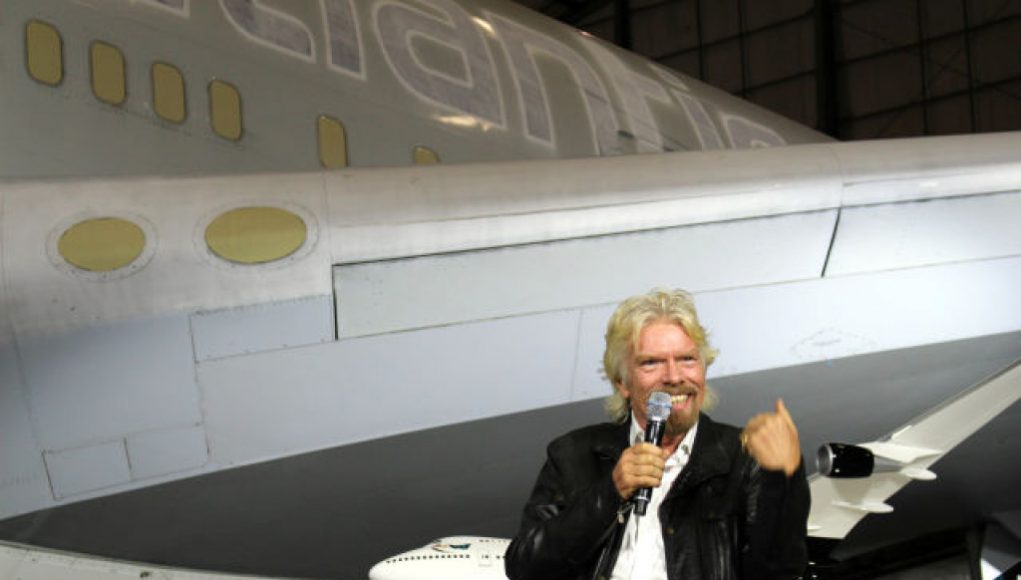Attention all space enthusiasts! The news is out and it’s official – Virgin Orbit is being sold for parts. Rocket Lab has purchased the company’s main production facility in Long Beach, California, while Stratolaunch has acquired Virgin Orbit’s Boeing 747 aircraft and related equipment. And Launcher has taken over the company’s lease on a test site in Mojave. It’s the end of an era for Virgin Orbit after six years, and unfortunately, its LauncherOne will fly no more.
But let’s not focus on the negatives. We want to give credit where credit is due. The engineering teams at Virgin Orbit did an incredible job of getting a liquid-fueled rocket to drop from a 747 aircraft, ignite its engine, and reach space. It’s a remarkable achievement that should not be overlooked.
However, the downfall of Virgin Orbit can be attributed to its management, including CEO Dan Hart and founder Sir Richard Branson. The company had a flawed business plan and made the mistake of hiring an unsustainable workforce of 700 people. It’s a shame that such a promising venture was brought down by poor leadership.
Virgin Orbit originated more than a decade ago as an offshoot of Virgin Galactic, with the goal of using an aircraft as a first stage to launch a suborbital space plane for tourists. The company hired several engineers from SpaceX to begin designing a rocket that could be dropped from an aircraft. The business ran fairly lean until Virgin Orbit was separated from its parent company in 2017, and Branson hired Hart as its president. Hart began staffing up the company and took a more cautious approach, which unfortunately led to delays and increased costs.
When LauncherOne finally took flight in May 2020, it was clear that Virgin Orbit had spent a staggering amount of money, nearly $1 billion, developing the rocket and air-launch system. The company was never going to make that money back by charging $12 million to $15 million to launch a few hundred kilograms per mission. With the large workforce Hart hired, Virgin Orbit was not going to break even. The company’s human resources bill alone was likely about $150 million per year, and that did not include facilities, leases, equipment, and hardware costs. The business case simply did not close.
It’s a tough lesson to learn, but hopefully, future space ventures can learn from Virgin Orbit’s mistakes. Rocket Lab and SpaceX have proven that there is a market for small satellite launches, but it requires a lean and efficient operation. Let’s hope that the next generation of space companies can take these lessons to heart and continue to push the boundaries of space exploration.
On Sunday, 28 May 2020, Virgin Orbit’s first launch of their ‘Cosmic Girl’ jumbo jet failed, shocking many involved with the venture. Despite initially seeming counter-intuitive, the failed launch comes as no surprise to many industry pundits due to the company’s poor business plan.
Founded in 2017 as part of the Virgin Group, Virgin Orbit was formed to launch small payloads into orbit via a “Launcher One” weapon system affixed to the jet “Cosmic Girl”. The goal notably allowing smaller payloads and more frequent launches, with a reported eventual target of at least 12 launches in a single year.
It’s these lofty goals which provided the key insight to the company’s poor business plan. While Virgin Orbit’s intentions mirrored the existing structure many leading space organizations, it failed to appreciate the potential multi-faceted risks of such a venture.
Reality dictated it certainly wouldn’t launch 12 payloads in its first year, yet the company had employees to pay and customers to satisfy. The lack of realistic planning and structure, leading to a lack of funding caused significant financial stress for the company.
So the question should be asked, why did the launch fail and why did such a poor business plan exist? The realityUnfortunately, due to the lack of recorded public notes on the company, it’s hard to definitively answer these questions. What we do know is that experienced aeronautical executives and an experienced aircraft technician were not involved in the project.
This lack of expertise can be understood as contributing to the ultimately failed launch. It appears that the goal of producing 12 launches a year was created at an unrealistic rate and was applied to a lack of experience and knowledge, rather than actual groundwork and professionalism.
We can only hope that Virgin Orbit and the Virgin Group can recover from the failed launch, and that this grand endeavor wasn’tanother white elephant in the impressive portfolio of the Virgin family. Despite the failed launch, the positive “can-do” spirit which Virgin Group is typicallyassociated withis stillhere, and can be injected into Virgin Orbit as we attempt to learn from this difficult lesson.




















